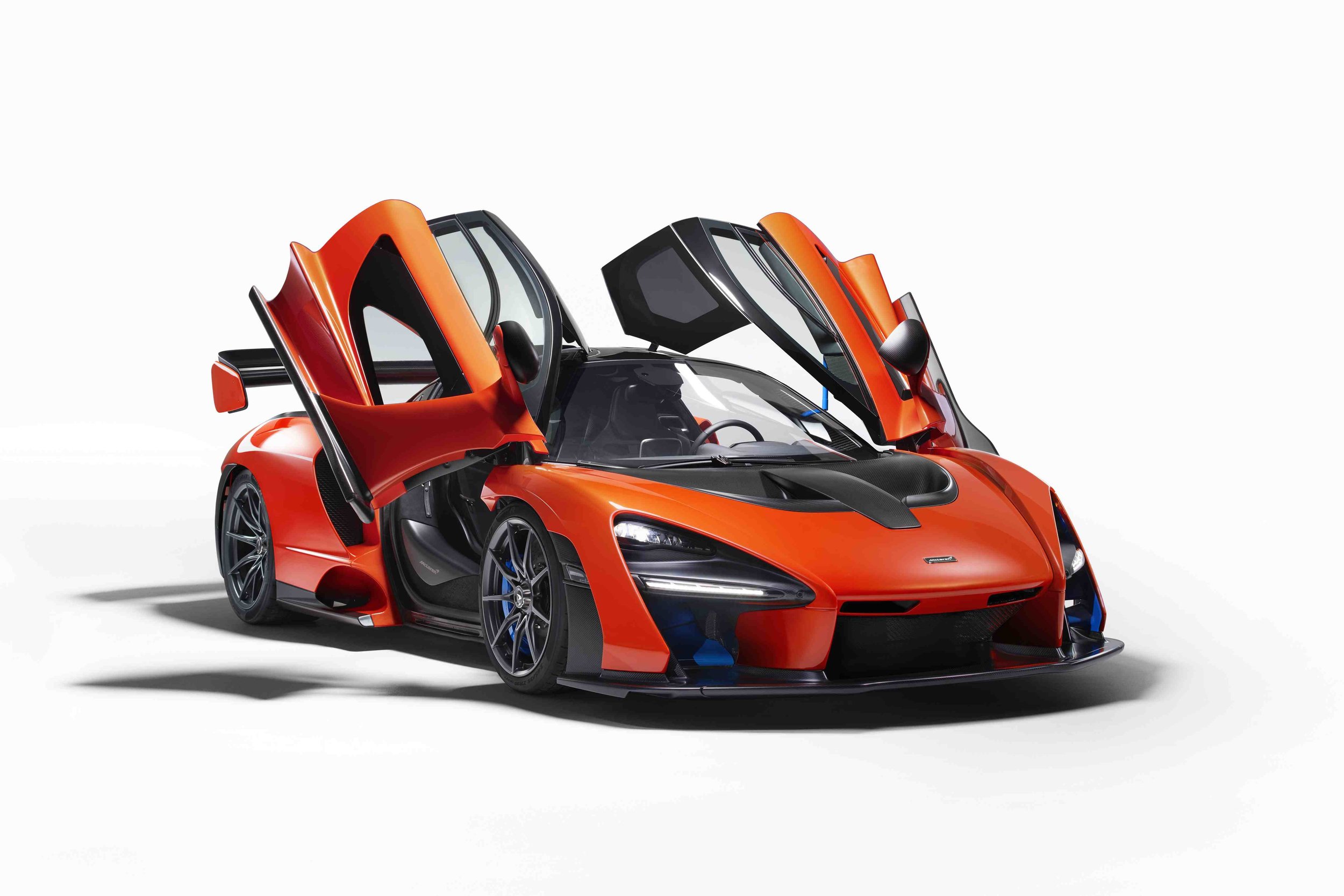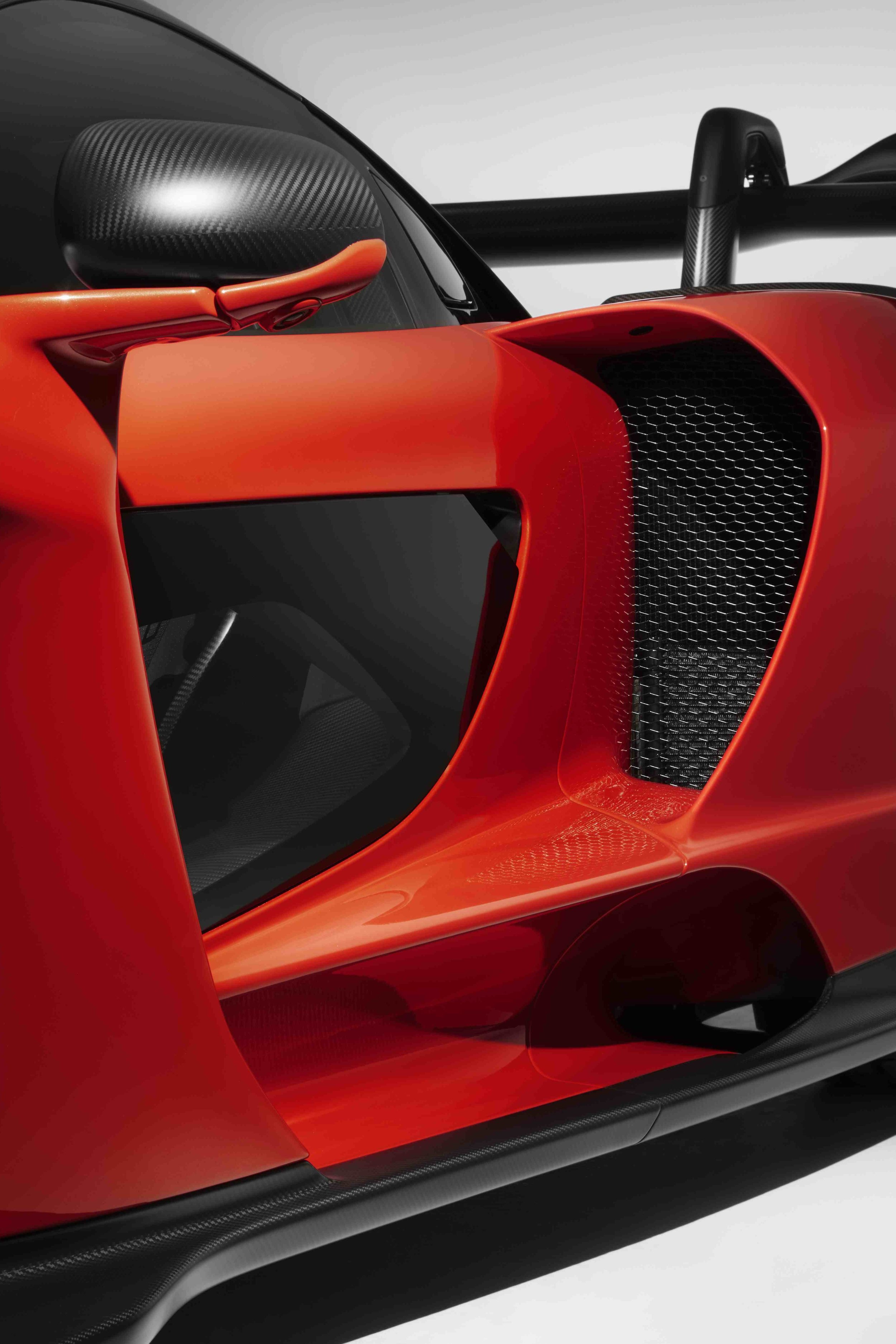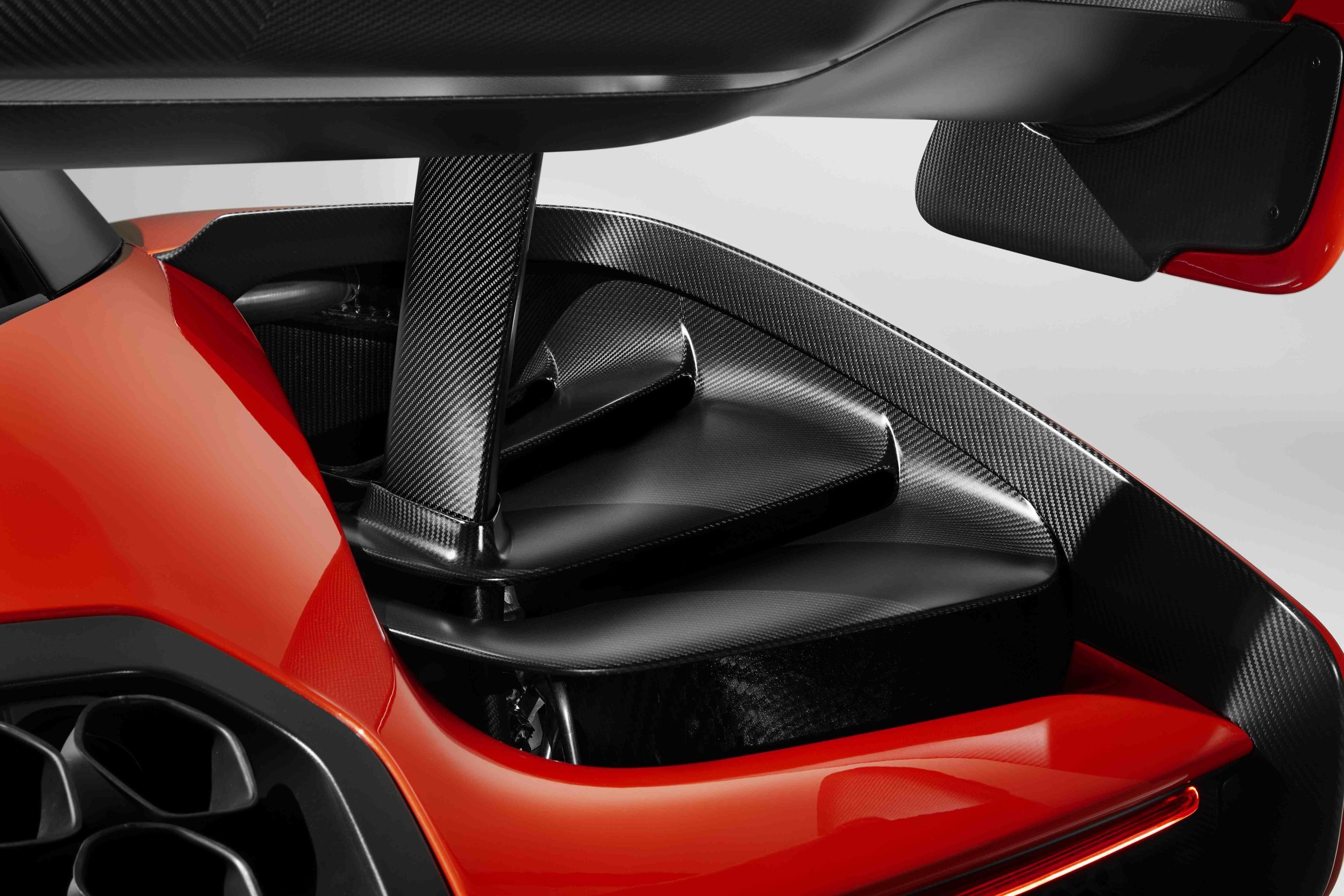The McLaren Senna is a wild successor to the P1
McLaren has a history of making gorgeous, svelte supercars that are both functional and aspirational. This makes the outlandish and polarizing design of McLaren Senna—the successor to the P1—so remarkable. Some would call it a race car for the road while others are clamoring the Senna is downright hideous, especially when compared to other hypercars such as the Aston Martin Valkyrie and Mercedes-AMG Project One.
Love it or hate it, the Senna is here to stay—mainly to the fact we’d bet most of these have already sold. McLaren is making just 500 examples of the Senna with a price north of $1 million. Don’t expect to find one outside of a private sale anytime soon—but do expect to pay a premium.
The McLaren Senna uses a tuned version of the 720S engine—the M840T. However, in the Senna, it’s the M840TR—The R giving the 4.0-liter twin-turbocharged V8 engine more power. The mill makes 789 horsepower and 590 lb-ft of torque, sending the power to the rear wheels through a dual-clutch seven-speed transmission. Grip is provided by Pirelli Trofeo R tires wrapped around center-lock wheels. Stopping power comes from massive carbon ceramic brakes.
The McLaren Senna weighs just 2,641 pounds thanks to the extensive use of weight-saving materials and the elimination of some often-overlooked luxury features such as windows that roll down. No breeze for you!
The wild angles and overall (controversial) design all play into to aerodynamics and downforce. That massive rear wing isn’t just for looks. There’s a double diffuser at the rear and a front splitter, along with something McLaren calls RaceActive Chassis Control II system, which uses double-wishbone control arms at every corner.
The McLaren Senna is making buzz for several reasons—performance, its name and its controversial design. We’ll just have to see how it performs when these machines start hitting the road.




















